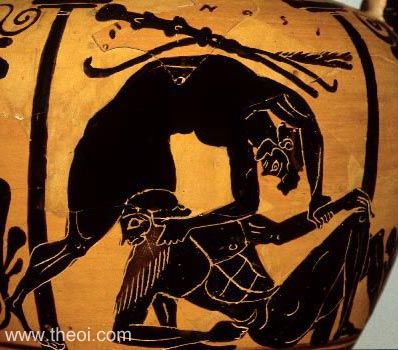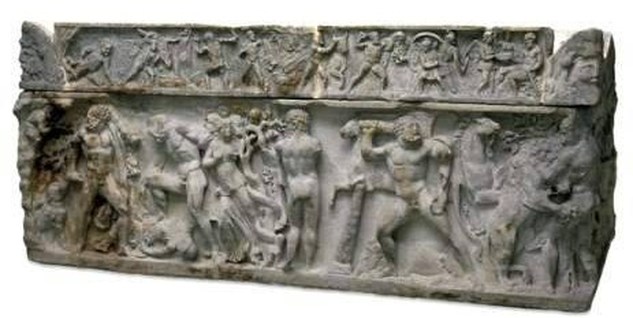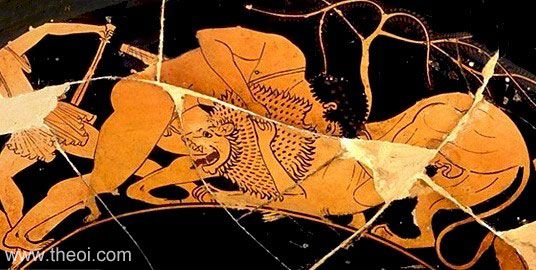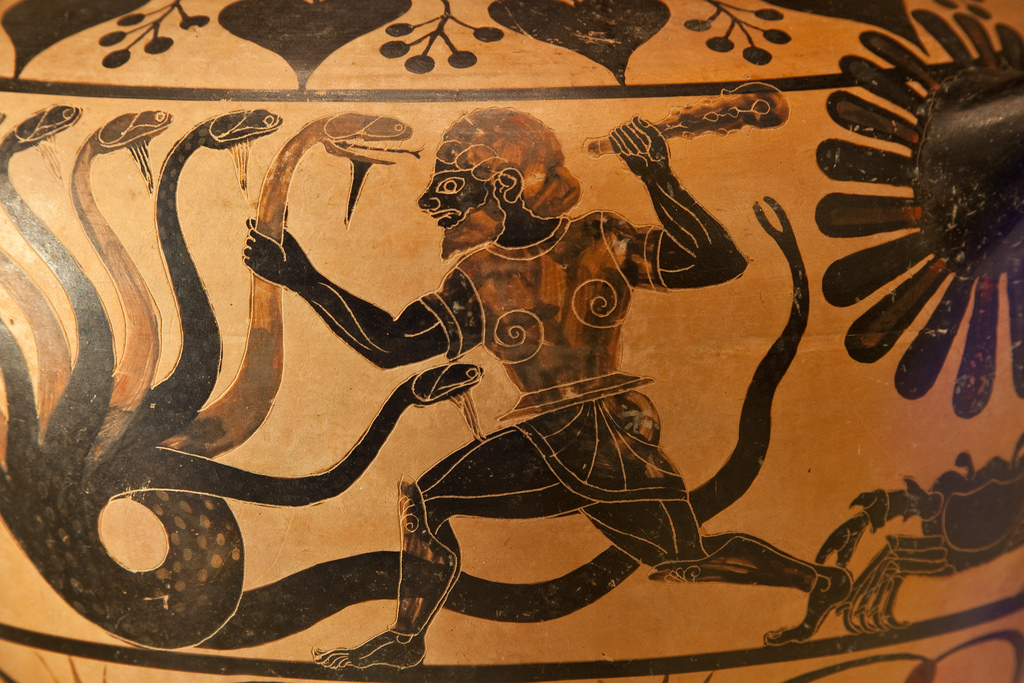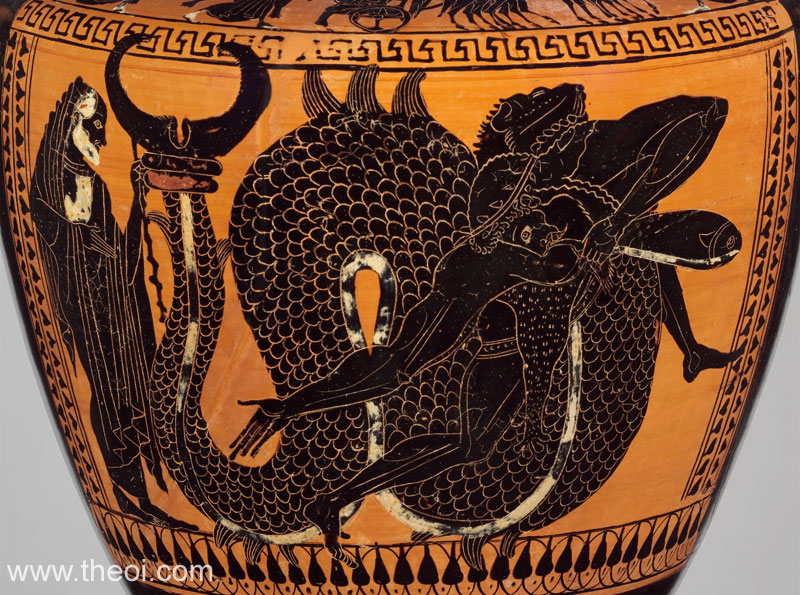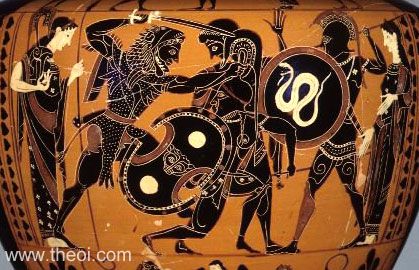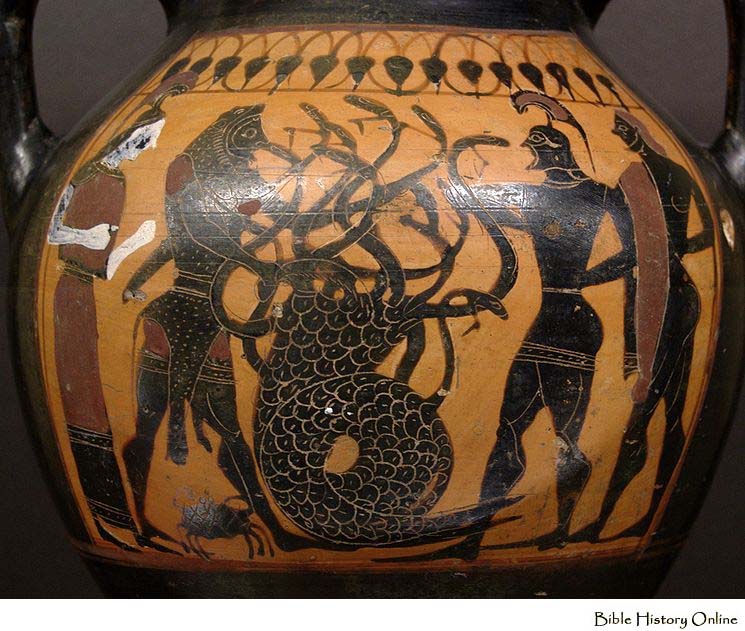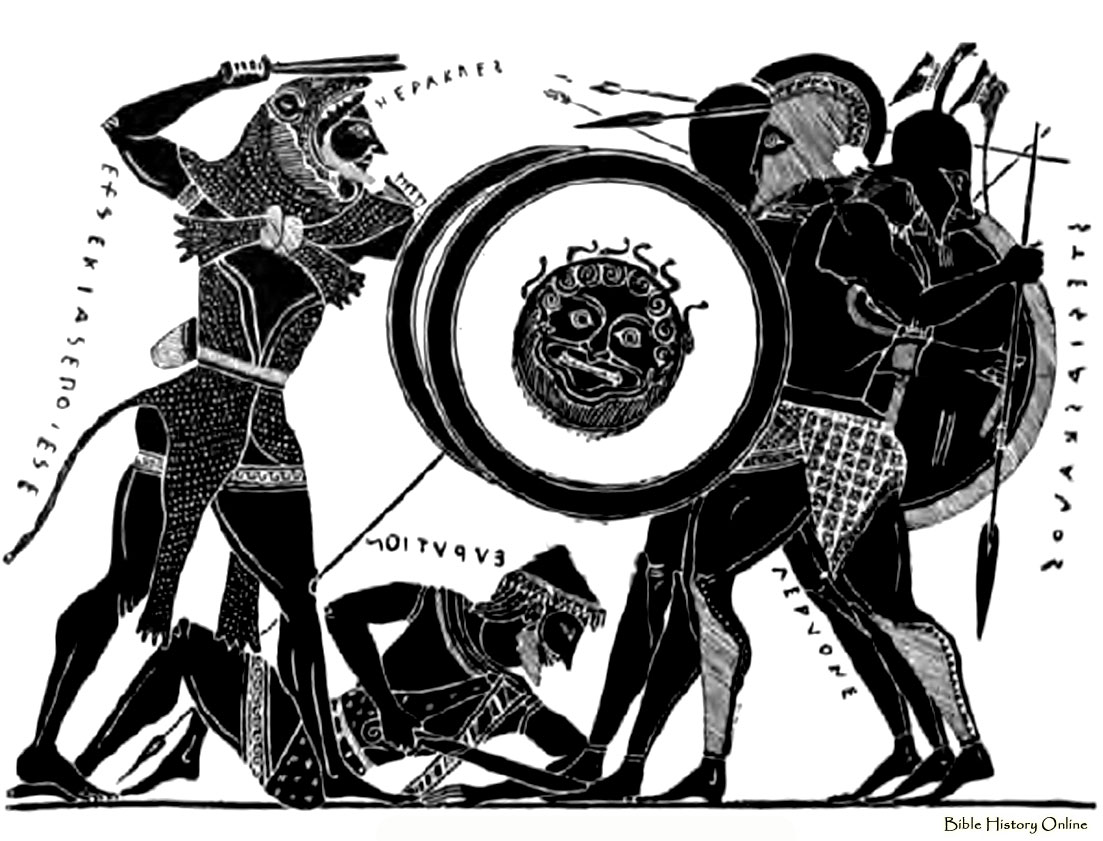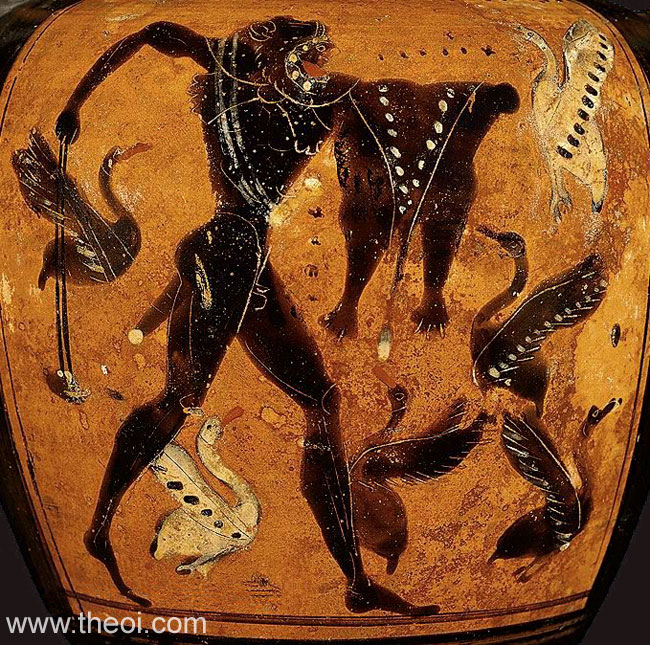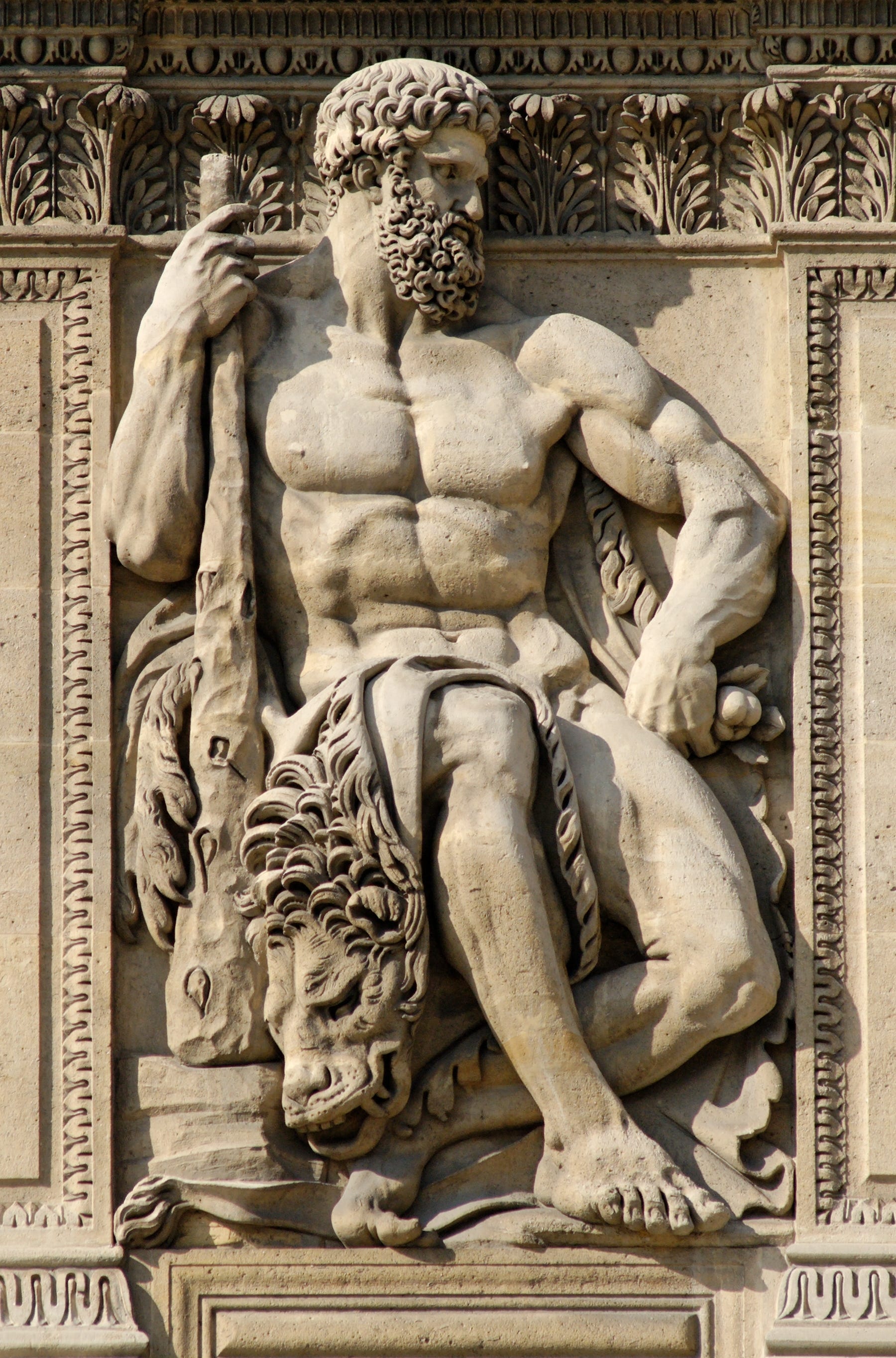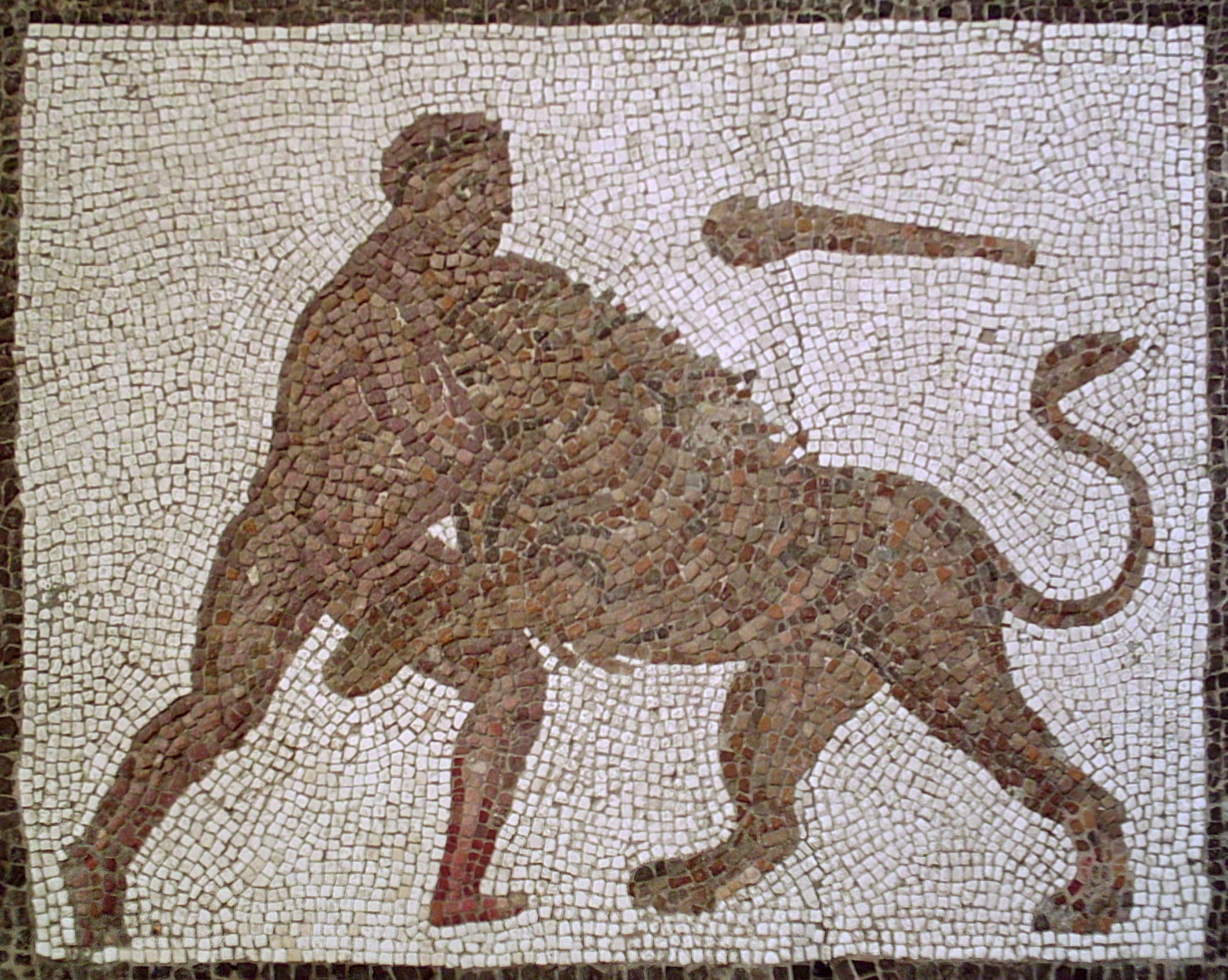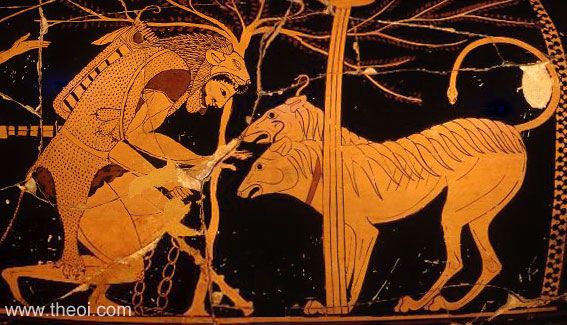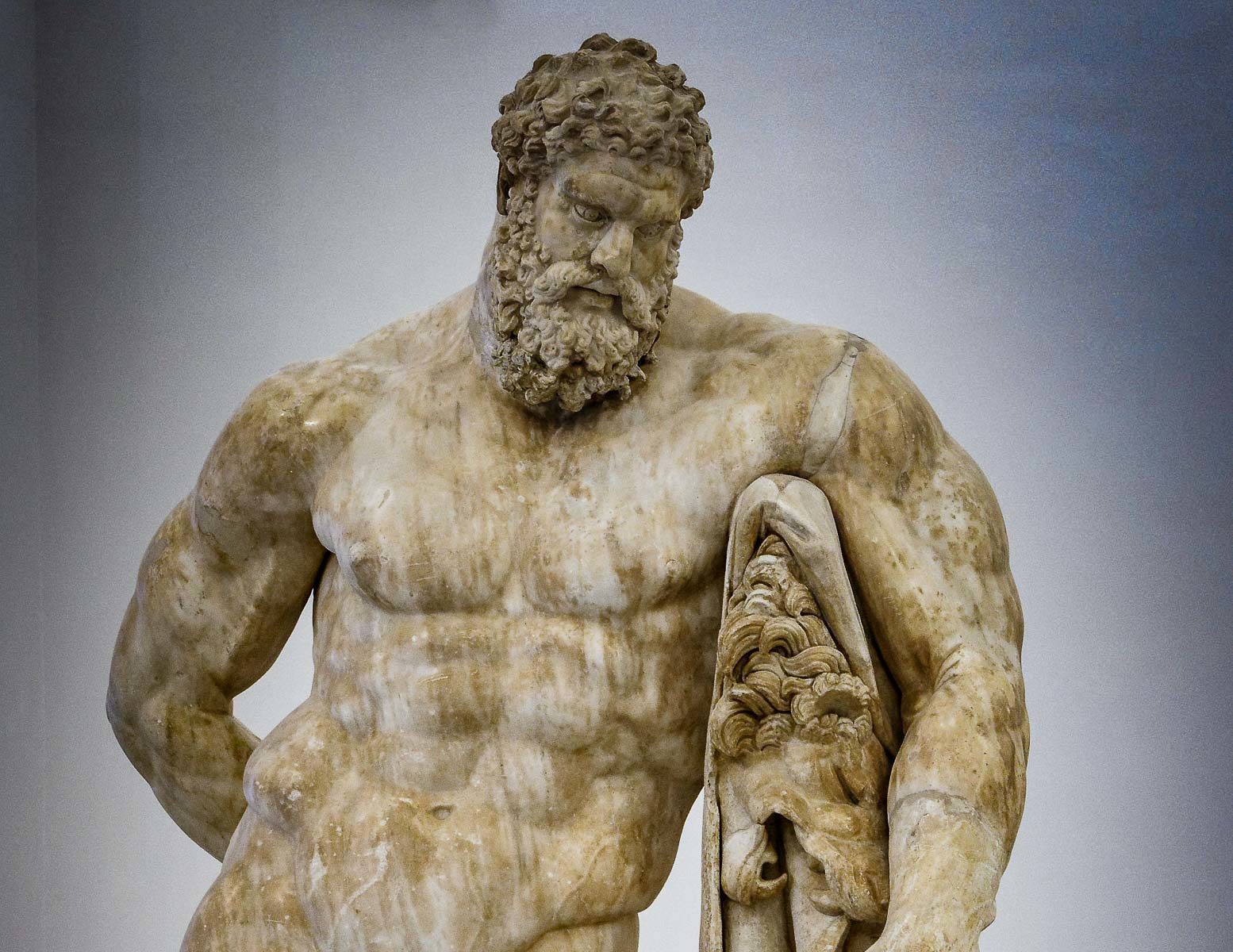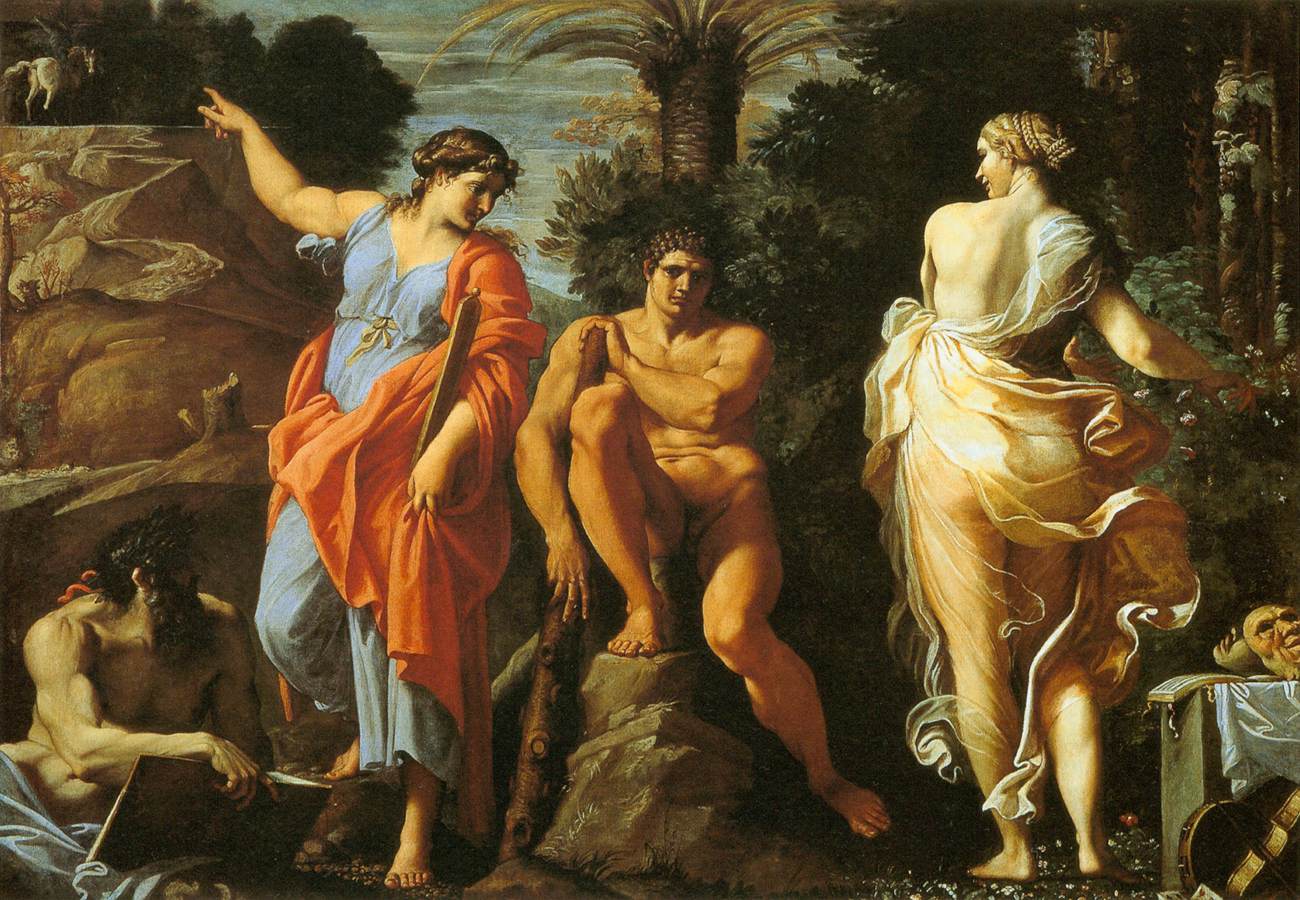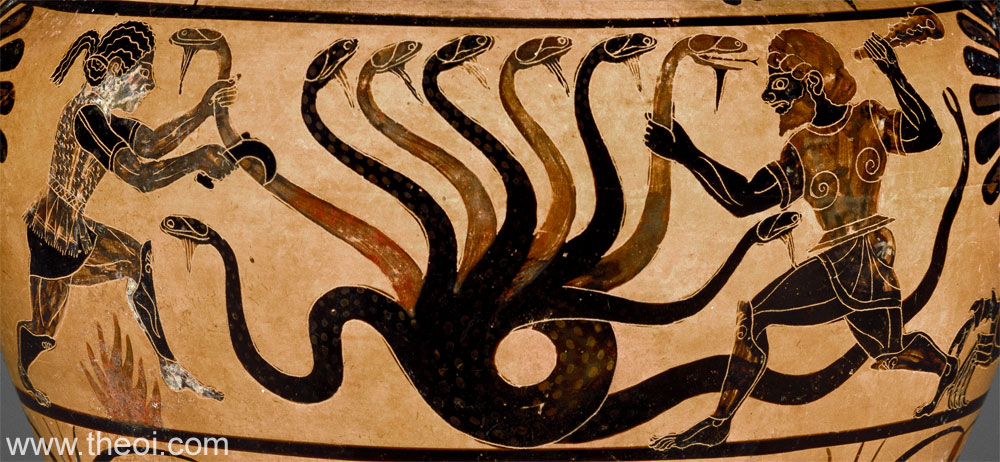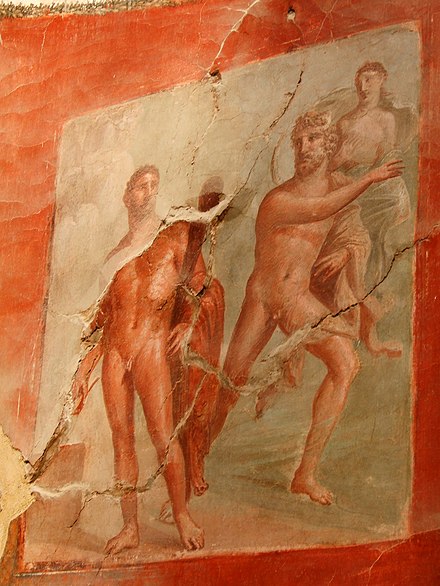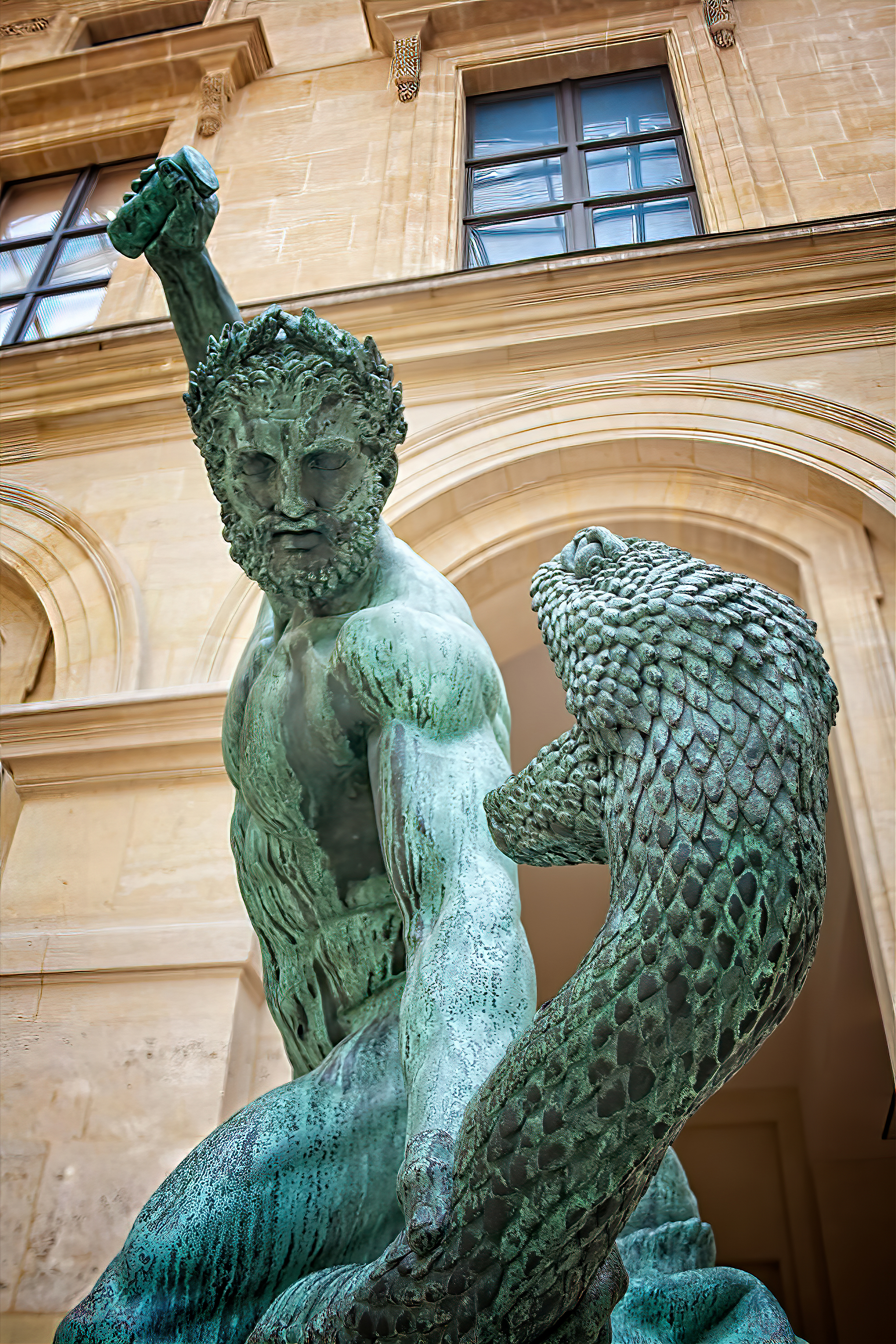Ancient Heracles Art
The farnese hercules collasal marble statue height 310 cm original attributed greek sculptor lysippos circa 320 bc that is roman period copy at the naples museum ancient romeancient greeceancient arthercules statuenemean lionhellenistic periodmy legacymother goddessgymnasium.

Ancient heracles art. Especially popular was the nemean lion. These objects help identify the figure since herakles was often depicted with a club and the skin of the nemean lion which he killed as his first labor. He kills nessus in one of the earliest athenian vases with a mythological narrative the nessus vase in athens ca. For other uses see heracles disambiguation.
The heroically scaled hercules is one of the most famous sculptures of antiquity and has fixed the image of the mythic hero in the european imagination. One of the most famous depictions of heracles farnese hercules roman marble statue on the basis of an original by lysippos 216 ce. In ancient greek archaic and classical art hercules is often depicted carrying a knotted club a quiver full of arrows and wearing a lions pelt with sometimes also a lions head helmet. Some greek sources as early as the 6th and 5th century bc gave heracles roman connections during his famous labors.
For the similar figure in roman mythology see hercules. Originally his left arm was supported by his club which was cast separately and is now missing. National archaeological museum naples italy. The romans adapted greek myths and the iconography of heracles into their own literature and art but the hero developed distinctly roman characteristics.
The farnese hercules is a massive marble statue following a lost original that was cast in bronze through a method called lost wax casting. 620 bc and there are representations of all his labors and parerga. In ancient roman religion and myth hercules was venerated as a divinized hero and incorporated into the legends of romes founding. In the british museum.
This statuette is a copy of the lost masterpiece of herakles by the greek sculptor lysippos which became one of the definitive images of hercules in classical antiquity and into the renaissance in the 15th century. Dionysius of halicarnassus places hercules among divine figures honored at rome whose souls aft. The greek hero herakles carries a club over his left shoulder and holds a lionskin in his right hand.
